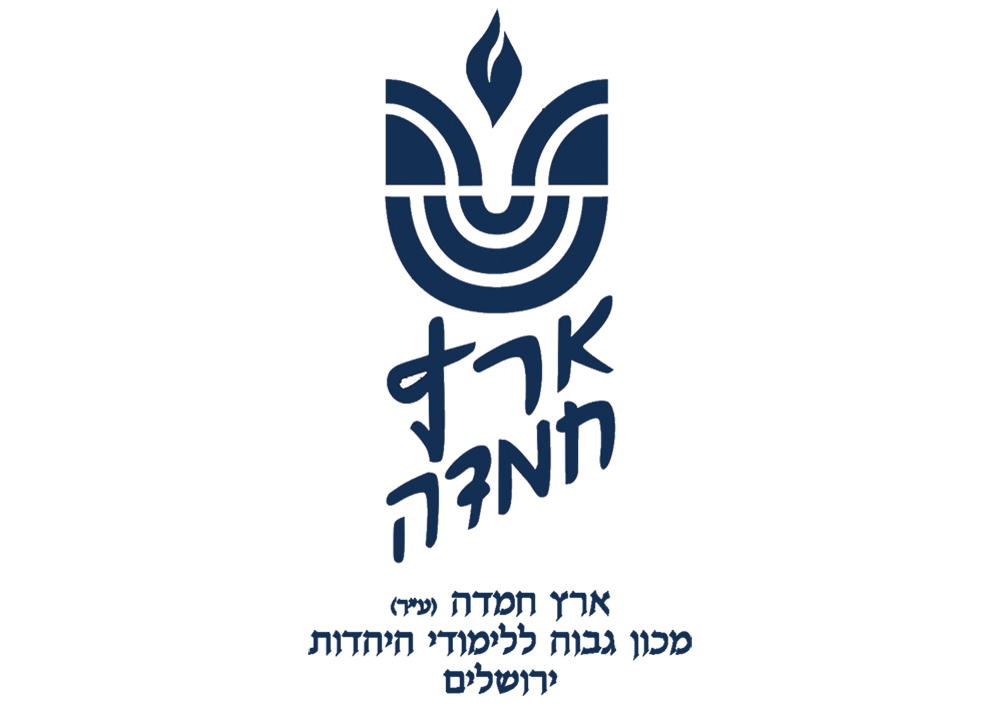
לעילוי נשמת
יואל אפרים בן אברהם עוזיאל זלצמן ז”ל
Question: Do panim chadashot, new guests, have to stay until Birkat Hamazon?
Answer: One of the basic chakirot (analytical dilemmas) about panim chadshot (PCH) is at the heart of your question—what do PCH provide that enables the recitation of all of the sheva berachot, seven blessings, (SB), not just “Asher Bara” (Ketubot 8a)?
Tosafot (Ketubot 7b) and the Rosh (Ketubot 1:13) posit that the reason PCH enables SB is that their presence increases the festivity (regarding food and/or mood). The Rambam (Berachot 2:10) posits that we say SB after the wedding only if someone is present who did not hear the berachot made before. Apparently, we want more people blessing the couple (Aruch Hashulchan, Even Haezer 62:24), and Hashem for creating and maintaining good in the world, including through marriage.
Your question likely depends on these approaches. If PCH needs to provide enough festivity to justify SB, then once he took part in the meal, why must he remain for the berachot (when a minyan remains)? If the point of the PCH is for him to be involved in the berachot, obviously he must be there then (Birkat Hamazon will also not suffice).
How do we pasken? Other apparent applications of the chakira give some indication. Tosafot and the Rosh (ibid.) rule that on Shabbat, the impact of Shabbat is a replacement for PCH. We accept this at least regarding the two main meals (Shulchan Aruch and Rama, EH 62:8). This makes a lot of sense according to the festivity approach; Shabbat raises the SB party’s specialness as much as PCH do. According to the Rambam’s reason, Shabbat has nothing to do with reciting the berachot for one who has not yet been involved (Otzar Haposkim 62:41). Thus, we seem to pasken like Tosafot.
Another related question is whether the PCH need to eat with the others. The Rambam should not require it. According to Tosafot, it makes sense that PCH’s influence on the festivity requires significant participation (ibid.). The Rama (ibid. 7), who does not require them to eat, can thus be seen as accepting the Rambam’s approach (Maharitatz I:71), whereas many are machmir, stricter, that they should eat (see China V’chisda to Ketubot 7b; Hanisuin K’hilchatam 14:66) It is possible to take Tosafot’s approach but say that even without eating, PCH enhances the atmosphere (see Ran, Ketubot 2b, Beit Shmuel 62:10).
The question of how prominent/connected the PCH needs to be also seems to hinge on the point of increasing festivity (see Otzar Haposkim 62:40). Here there are significant opinions in either direction. The Shulchan Aruch (ibid. 8) requires people for whom we would add food; the minhag to not distinguish who the people are and why they were invited (see Nitei Gavriel ibid. 87:1) likely depends to a great degree on the concept of lo plug and our reluctance and difficulty in judging people’s stature.
In any case, the more accepted approach is that of Tosafot, and therefore we would expect that it would not be necessary for the PCH to be present at bentching/SB. Nevertheless, Rav Shlomo Kluger (Ha’elef Lecha Shlomo, EH 107) and the contemporary sefarim on the topic (Sova Semachot 1:12; Hanisuim K’hilchatam 14:67, Nitei Gavriel 86:2) do not allow making SB after the PCH has left. Some base it on the language of the Ran, who seems to indicate it (Sova Semachot ibid.). It could be because we do not want to make a beracha when someone as great as the Rambam would oppose it (see Nitei Gavriel ibid.(5)). Possibly the festivity approach also requires the PCH, who create the required festivity, to be connected to the berachot (this may relate to poskim’s requirement that PCH are capable to make the berachot – beyond our scope).
Therefore, we urge having the PCH at the SB and cannot recommend making them without him. However, the considerable halachic logic to allow it can justify not making a scene by stopping others who are making SB after the PCH left. The best solution is to bring in a replacement PCH; even if he is there just for the berachot, the situation still fulfills the basic requirements of both the Tosafot and Rambam approaches.
Rabbi Mann is a dayan for Eretz Hemdah and a staff member of Yeshiva University’s Gruss Kollel in Israel. He is a senior member of the Eretz Hemdah responder staff, editor of Hemdat Yamim and the author of “Living the Halachic Process Volumes 1 and 2” and “A Glimpse of Greatness.”












